Apple also develops its own software for its products, starting with the operating systems themselves, up to individual applications and utilities. That is why we have a number of interesting tools at our disposal, thanks to which we can dive into work almost immediately without having to download other programs. Native applications play an important role, especially in the context of apple phones, i.e. in the environment of the iOS operating system. Although Apple tries to constantly advance its apps, the truth is that in many respects it is lagging behind. In a very simple way, it could be said that it can fulfill the cosmic potential, which thus remains unused.
It could be interest you
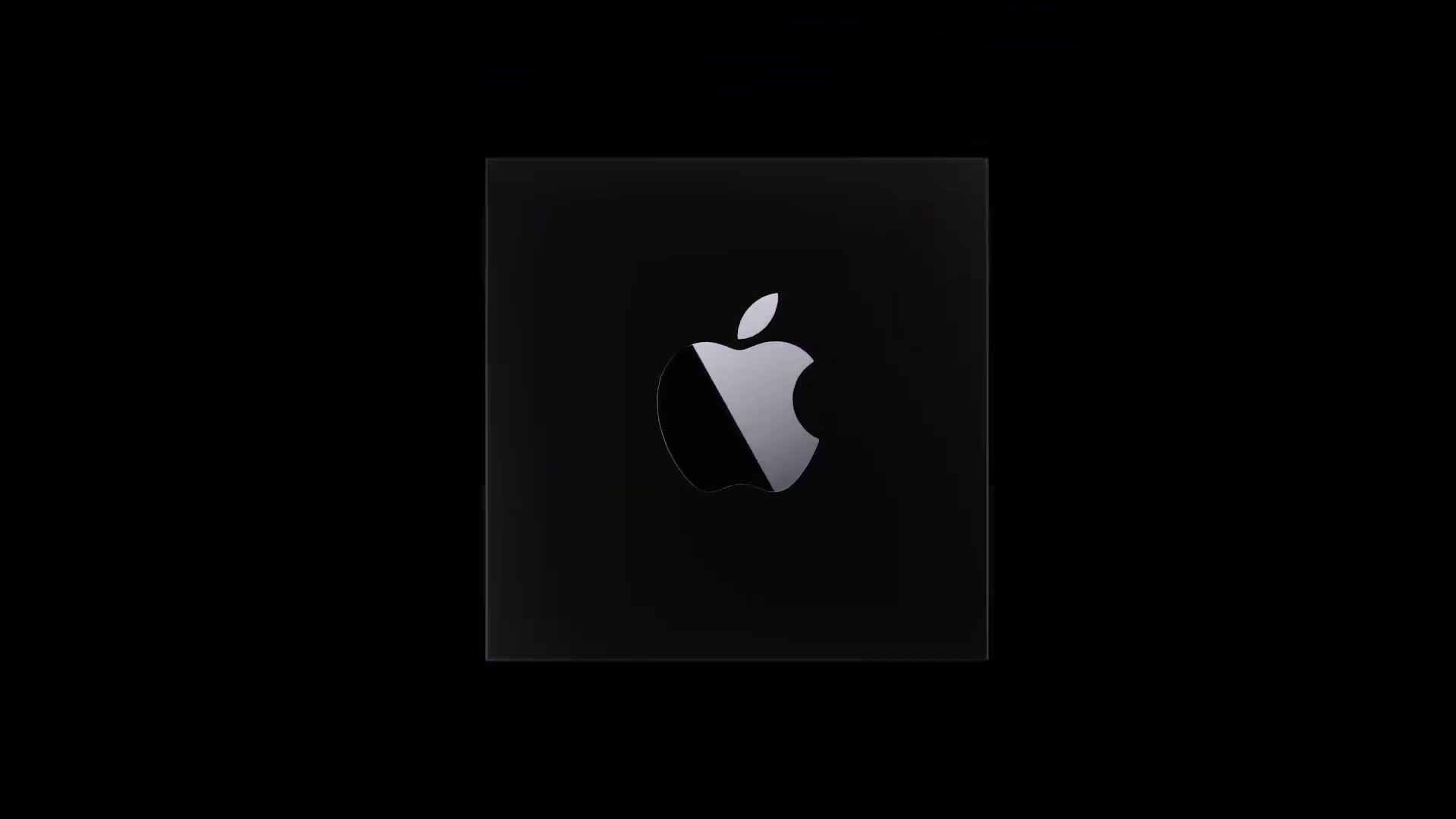
Within iOS, we would therefore find quite a few native applications that are quite behind their competition and would deserve a fundamental overhaul. In this regard, we can mention, for example, Clock, Calculator, Contacts and many others that are simply forgotten. Unfortunately, it does not end with the apps themselves. This shortcoming is considerably more extensive and the truth is that Apple, whether it likes it or not, is relatively losing out on it.
Unusability of universal applications
When Apple came up with the idea of switching from Intel processors to its own Apple Silicon solution, Apple computers got a whole new charge. From this moment on, they had chips with the same architecture as the chips in iPhones, which brings with it one very fundamental advantage. In theory, it is possible to run an application intended for iOS on a Mac, practically without any limitations. After all, this also works, at least to the extent possible. When you launch the (Mac) App Store on your Apple computer and search for an app, you can click over to see Application for Mac, or App for iPhone and iPad. In this direction, however, we will soon encounter another obstacle, that is, that stumbling block, which is a fundamental problem and untapped potential.
Developers have the option to block their app so that it is not available for the macOS system. In this regard, of course, their free choice applies, and if they do not want their software, especially in a non-optimized form, to be available for Macs, then they have every right to do so. For this reason, it is impossible to run any iOS application - once its developer ticks the option to run on Apple computers, then there is practically nothing you can do about it. However, as we have already mentioned, of course they have the right to do so and in the final it is only their decision. But this does not change the fact that Apple could take a much more active approach to this whole issue. For now, it seems that he is not interested in the segment as such.
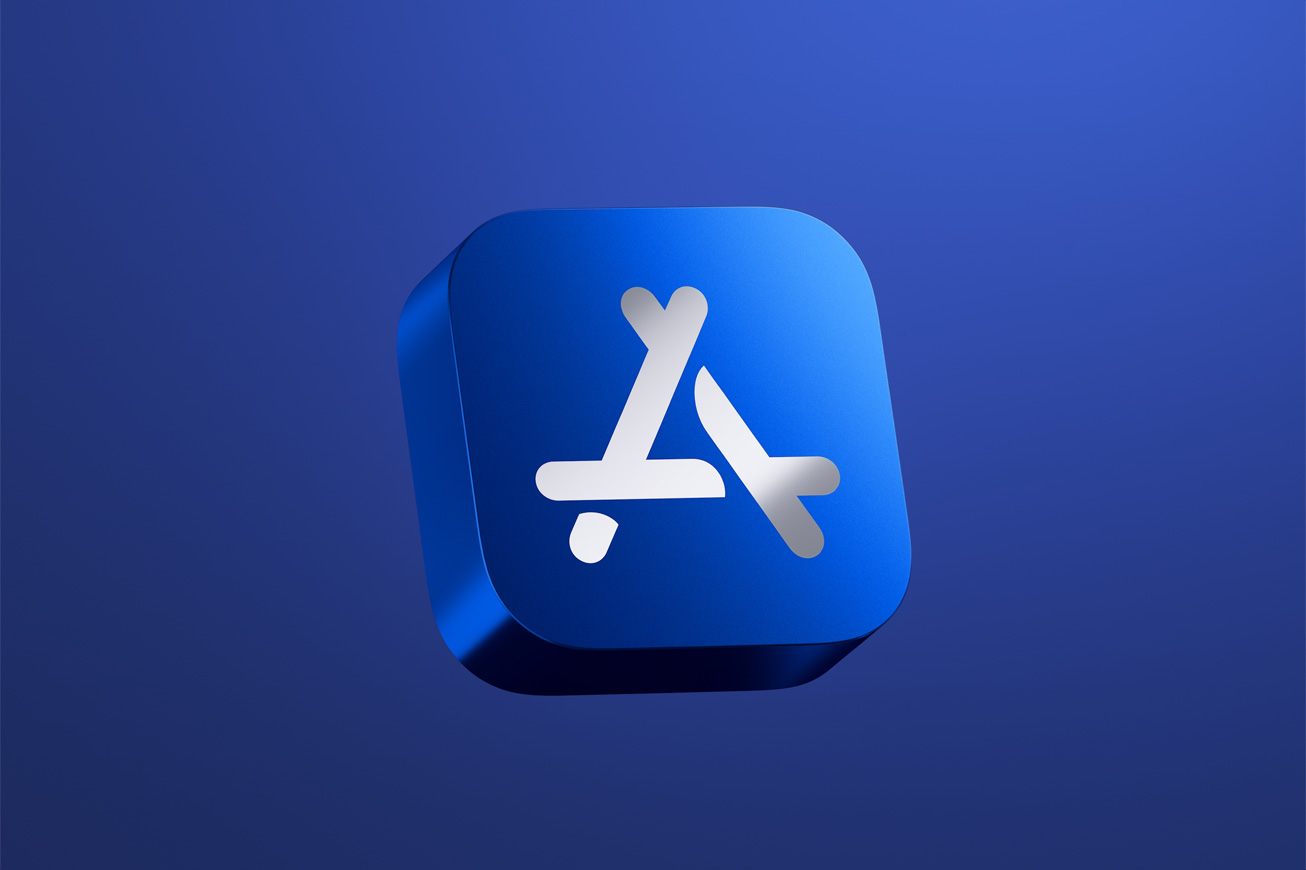
As a result, Apple is not able to take full advantage of one of the biggest benefits that comes with Macs with Apple Silicon. New Apple computers are not only proud of great performance and low energy consumption, but can fundamentally benefit from the fact that they can handle running iPhone applications. Since this option already exists, it would definitely not hurt to bring a comprehensive system for the usability of universal applications. In the end, there are a lot of great iOS apps that would come in handy on macOS. So it is mostly software for managing a smart home, for example led by Philips.
It could be interest you
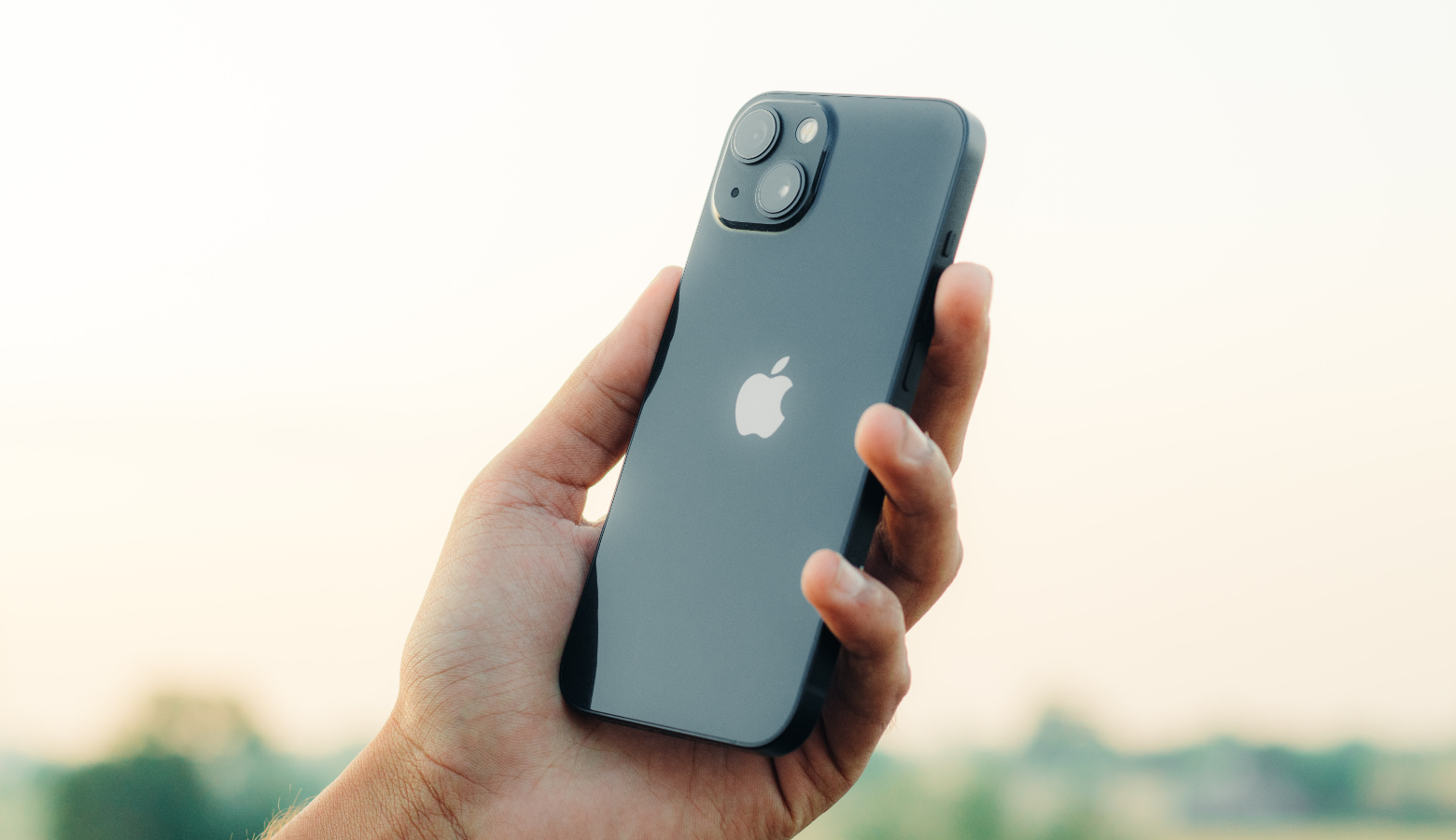
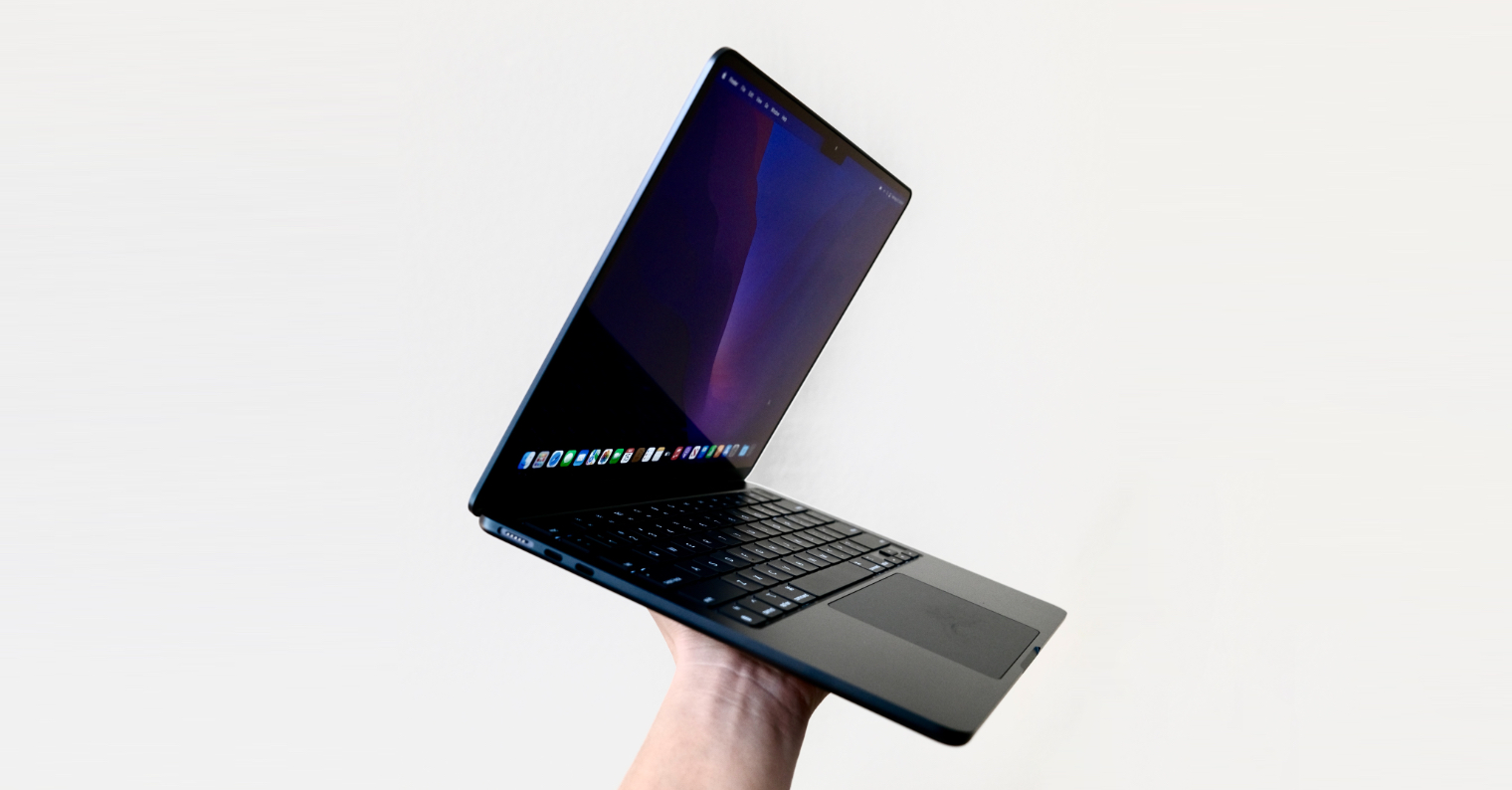


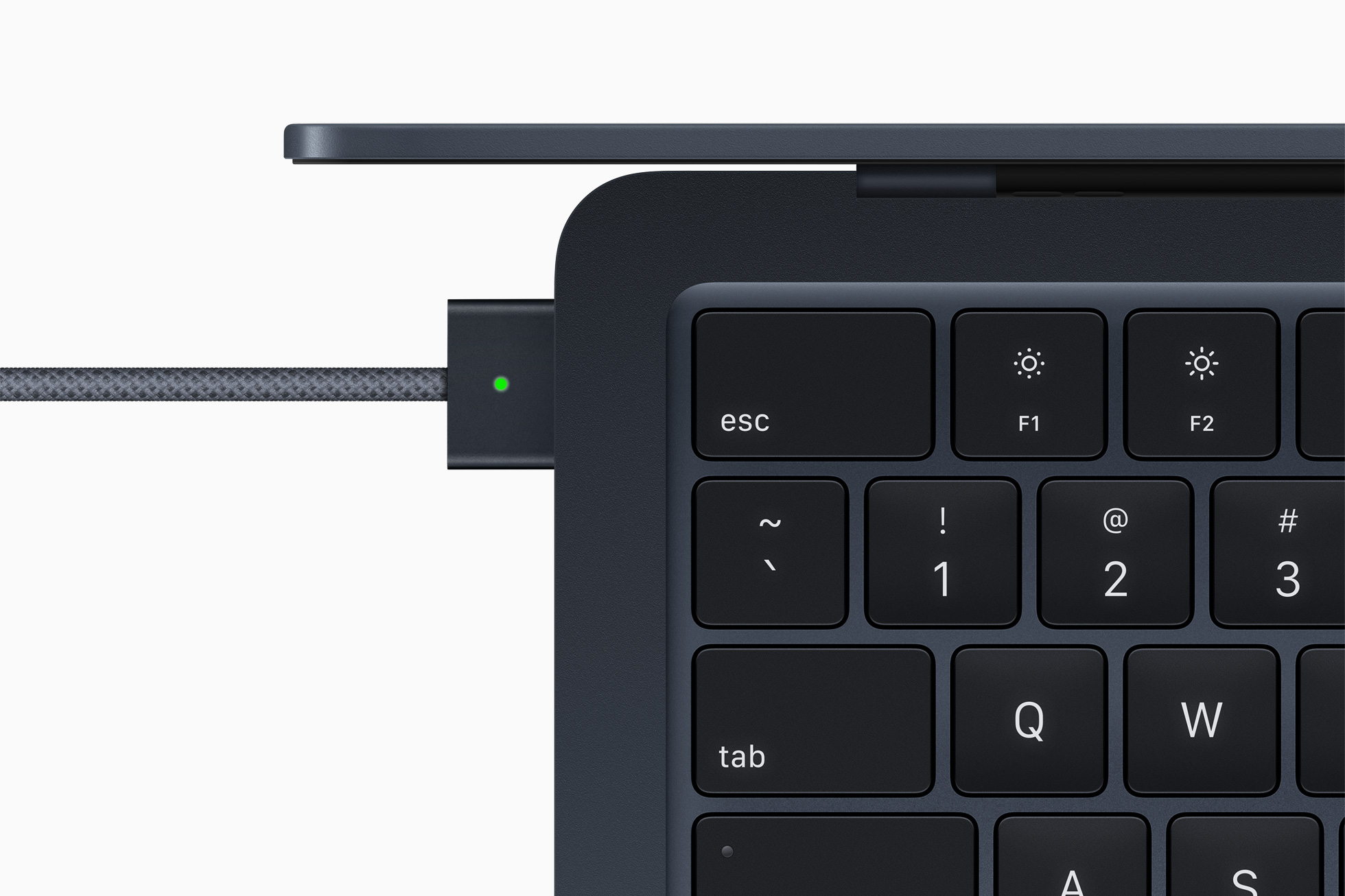
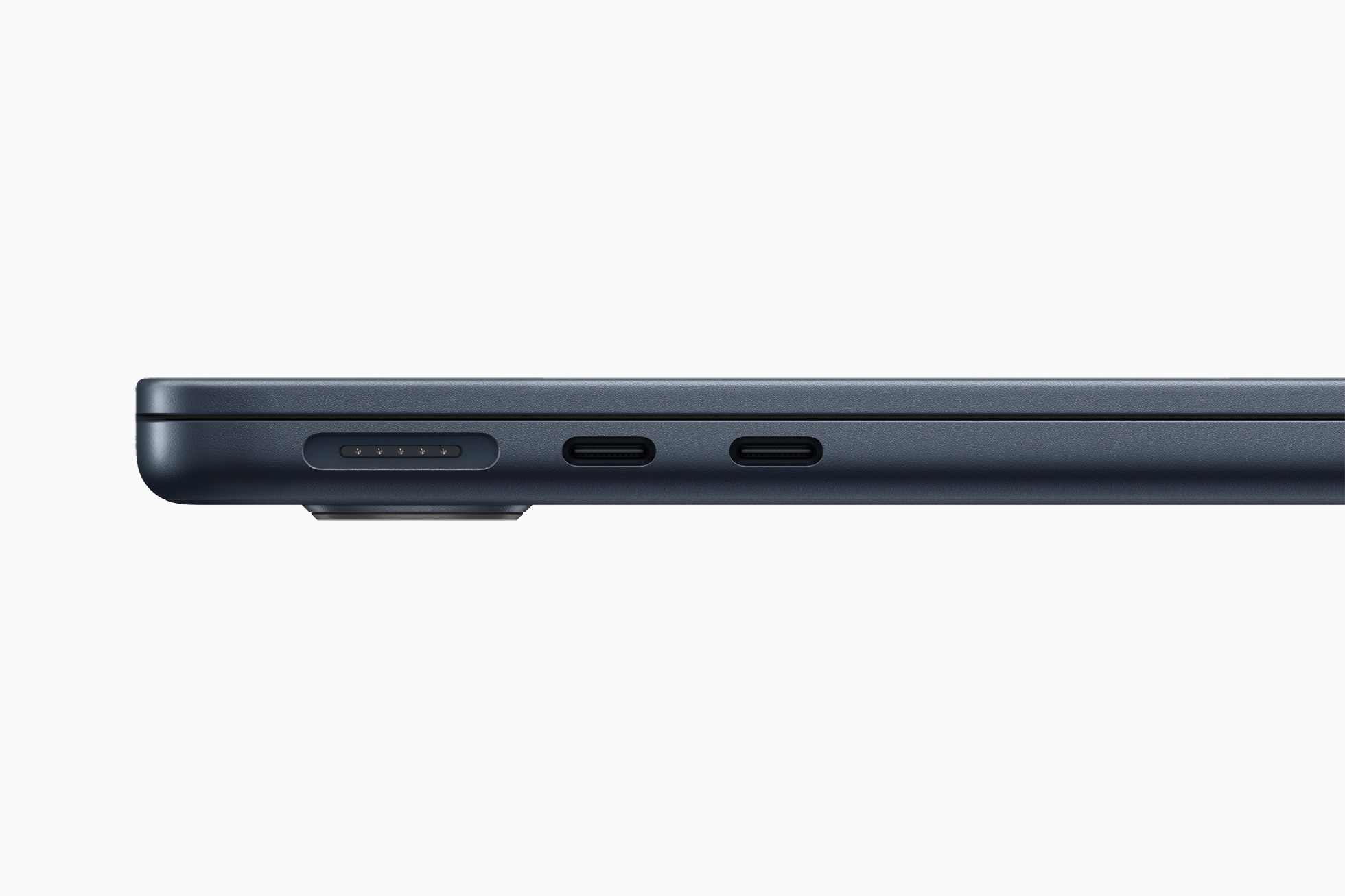
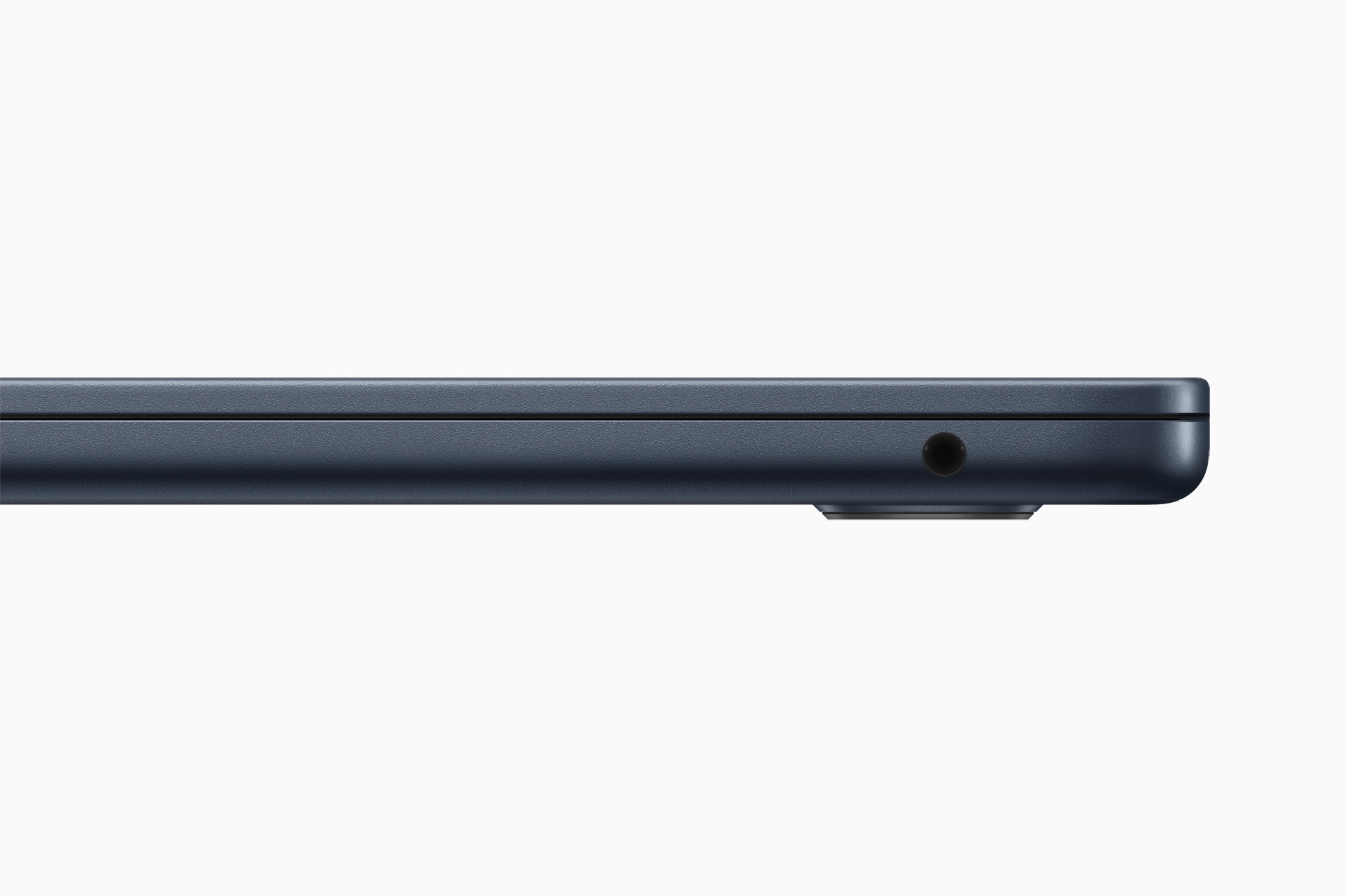
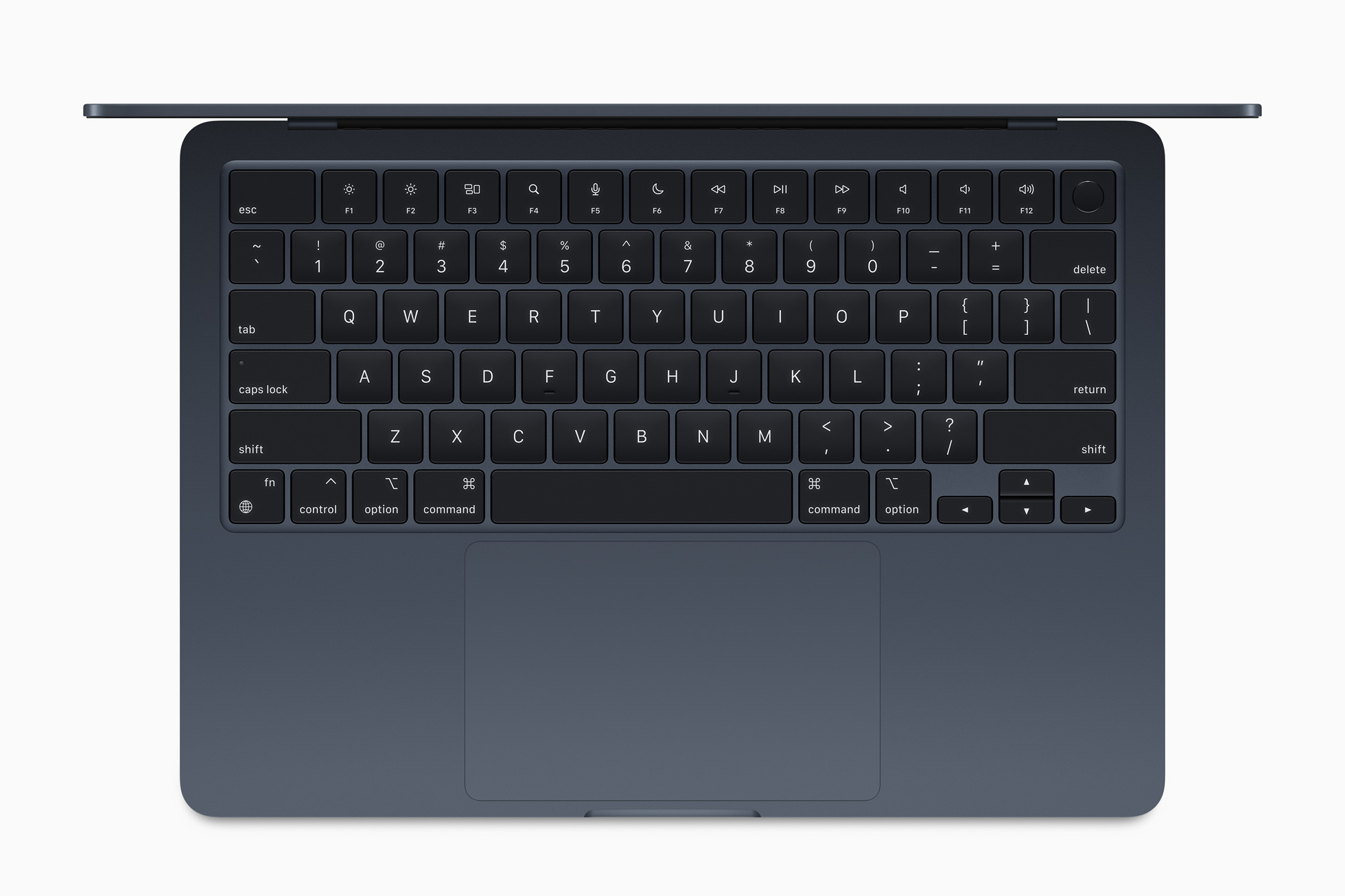
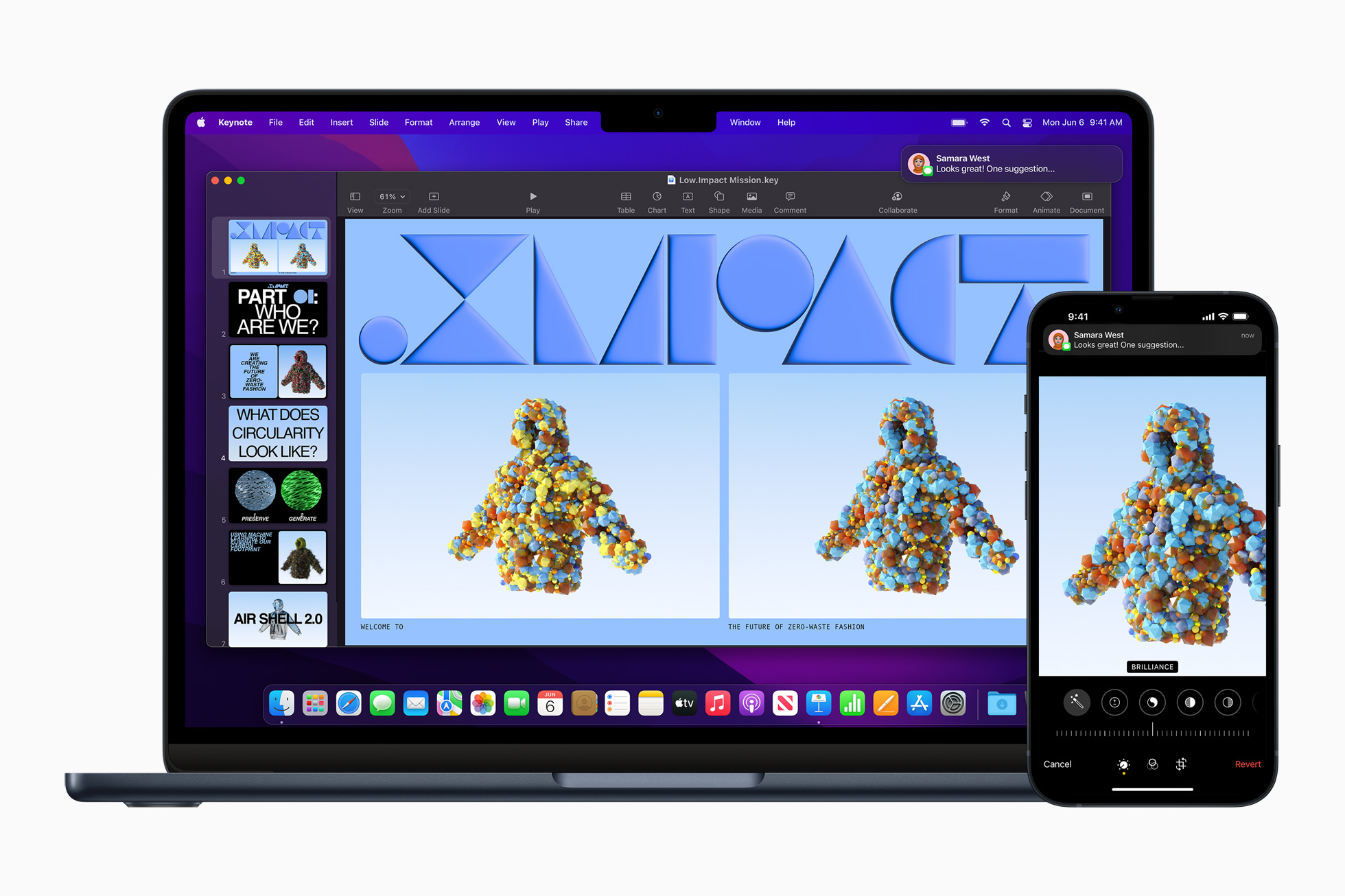
it bothers me that if there is no application for ipad, then the application for iphone is launched over the entire screen, instead of launching a small application in a floating window....
I enjoy reading your articles, but: is it Apple's fault that some developers do not provide their applications for MacOS? Every week I read some article about where Apple is wasting potential, what it is doing wrong, etc... but it is the most valuable technology company in the world! I agree with a lot of things that I would like differently, but writing about Apple or any other company in a way that shows how it is doing wrong and how it should be done? Don't take it as a criticism, I just don't like the way you communicate on the web lately... otherwise your articles are fine 👍
I agree. The article is full of fluff and whining about Apple, but in the end we learn that the programmer is responsible. Yes, it can, someone finances every application and if it doesn't make sense, then why would they do it. He mentions apps like Contacts, Calculator... they are always on Mac and iPhone. I don't understand the article and it's a file something like a notebook from the road - I have nothing to write about, but the teacher said that it must have two A4 pages...
From a mobile app developer perspective, I see it differently. Apple gave us the option to run the application on M1/2 processors, but for us it means convincing the client that this segment makes financial sense for them. Otherwise, by supporting Mac, we are only adding another platform that we have to ensure flawless operation, and this of course means extra costs. Until Apple makes some major move to make clients want their apps on the desktop, that won't change.